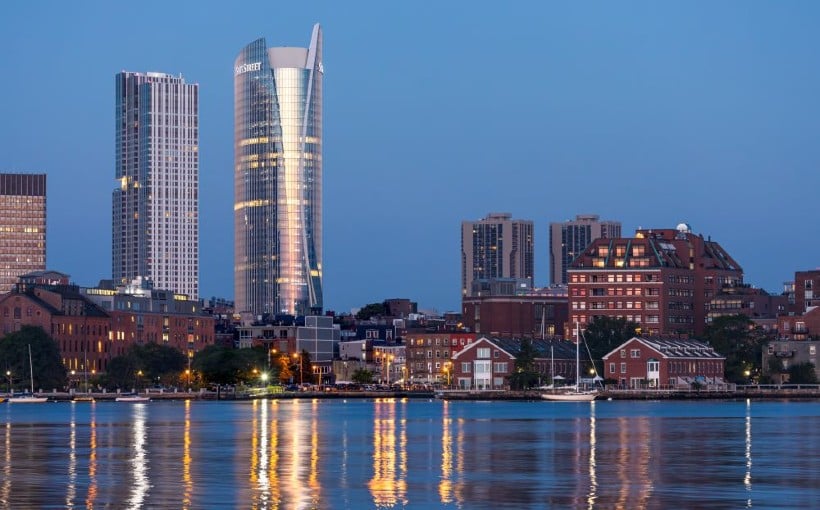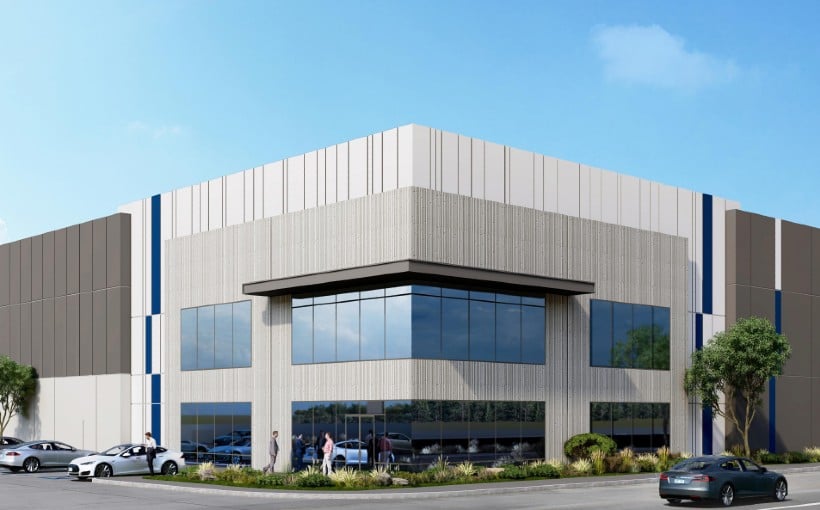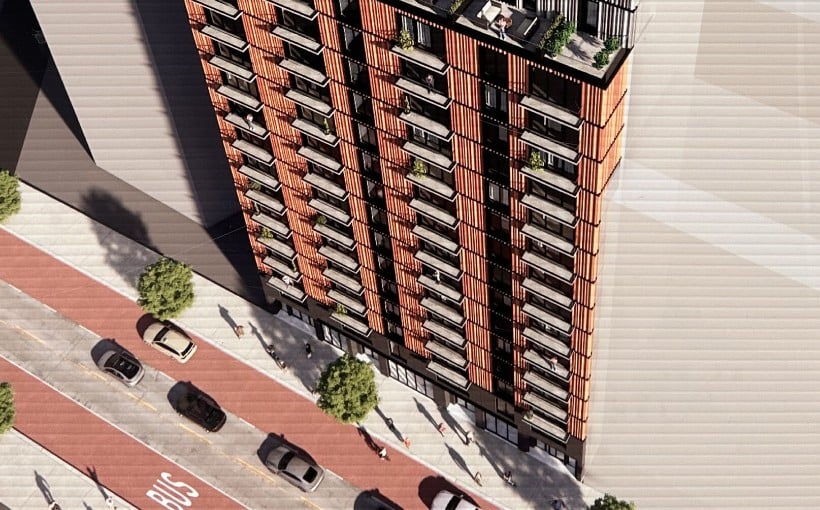Discovering the Evolution of American Cities: A Look at Manhattan and Beyond
Manhattan, once a quaint Dutch village, has transformed into a bustling metropolis with towering skyscrapers and busy streets lined with apartment buildings. This change over the past 500 years is not unique to Manhattan; cities across America have also undergone significant transformations. According to a recent study by CBRE, American cities are much younger compared to other parts of the world but would still be unrecognizable today by their original builders.
The Current State of U.S. Cities
In response to the rise in remote working due to the pandemic, there has been another evolution taking place in U.S. cities as highlighted in CBRE’s study “Shaping Tomorrow’s Cities.” The authors note that this shift brought 30 years of urban renaissance to a halt as many people moved out of major cities and into suburban areas.
Public safety concerns have also contributed towards workers and visitors being hesitant about returning back to what CBRE refers as “Mixed Major” cities such as Boston, Chicago, Philadelphia San Francisco Seattle ,and Washington D.C.
Different Types Of Urban Areas In The US
Apart from these Mixed Majors,”the study categorizes 19 markets based on economic,demographic,and development factors into different archetypes:
– Super Cities – Los Angeles & New York
– Sprawling Darlings – Atlanta,Dallas Denver Houston Phoenix
– Developing Destinations – Austin Charlotte Miami Nashville Orlando Tampa
These categories highlight how each city is unique in its own way while facing similar challenges like adapting for growth or revitalization efforts.
Mixing It Up With Vibrant Communities
The rise of mixed-use developments has been one bright spot amidst all these changes accordingtotheCBREstudy.Mixed-usedevelopmentsarewalkableurbanareaswitha mixofpropertiesincludingapartments,
retail spaces restaurants hotels,and high-quality office spaces.Their analysis of 68 mixed-use districts across 19 U.S.markets revealed that office rents tend to be higher in these areas and vacancies were on average,18% lower compared to non-prime business districts. The latter are described as mostly office parks lacking top-quality buildings and live-work-play amenities.
Revitalization: A Collaborative Effort
The study also suggests six critical elements for urban evolution:
– Economic vitality & adaptability – diversity in talent pool, industry mix, innovation culture,civic engagement,and capital inflows.
– Demographics – age distribution education skills cost of living diversity
– Quality of life recreational opportunities green spaces overall residential well-being
Infrastructure social educational medical facilities transportation systems water power
Identity history natural resources culture
Governance efficient zoning permitting regulations economic incentives safety cleanliness standards tax structures immigration policies
AccordingtotheCBREstudy,rejuvenationisnotjustthepurviewofgovernmentorprivate sector; it requires a collaborative effort from all stakeholders. John Stephens,CBRE Americas Consulting senior director,stated,”For example building owners and developers can invest in redeveloping existing propertiesandcontribute to the placemakingofvibrantareas.”
In conclusion,the ongoing evolution of American cities is a complex process involving various factors such as economic growth,demographic changes,and quality-of-life improvements.It is crucial for all parties involved-government,private sector,and individuals-to work together towards revitalizing our cities for a brighter future.




